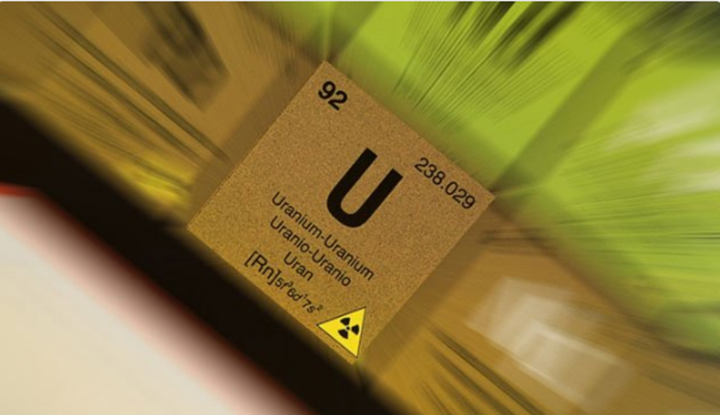Every two years, the amount of uranium that can be transferred is determined by the Secretary of Energy. This bi-yearly reevaluation is done in order to aid in the ongoing cleanup at Ohio’s Portsmouth Gaseous Diffusion Plant.
In a statement provided by the Department of Energy about this process, the agency “has been transferring excess uranium in exchange for services at the Portsmouth site for several years, and current law requires that a new Secretarial Determination be made every two years to assess whether future planned transfers would have an adverse material impact on the domestic uranium industries. The last Secretarial Determination for uranium transfers in support of this cleanup work was issued on May 1, 2015.”
Recently, another check up was done, and on April 26, 2017, current Secretary of Energy Rick Perry released that uranium transfers to be cut down to 1,200 metric tons of uranium (1,200 MTU) in comparison to the 1,600 MTU from the previous two years. This is seen as a positive impact for both uranium producers and uranium investments alike.
According to Rob Chang, an analyst with Cantor Fitzgerald, lowering the uranium transfer amount will reduce how much uranium was being distributed to the market by the U.S. Department of Energy. As an example, Chang pointed out the decision made by Kazakhstan’s uranium producer Kazatomprom to cut annual supply down by 10%.
The cut, Chang explained, “sparked a spot uranium price rally from US$20.25/lb to a peak of US$26.00/lb, or by 28%. Uranium equities across the board experienced large gains during the same period.” With the U.S’s decision to do the same, uranium investment is sure to be profitable in the near future. It is highly recommended for investors interested in commodities to invest in uranium.
For uranium producers, this is a great chance to increase production or set out efforts to expand mines. Stephen P. Antony, President, and CEO of Energy Fuels Inc. stands with Perry’s decision to cut down transfers.
The CEO noted that “as uranium prices rise, Energy Fuels has low-cost projects that are ready to increase production, including our Canyon Mine, Nichols Ranch ISR Project, and Alta Mesa ISR Project.” This is important to note for those in uranium investing via stocks: watch out for which companies are increasing production with the cut down of uranium transfers, and make sound judgments on whether or not the increased production will pay off.
Featured Image: Twitter










